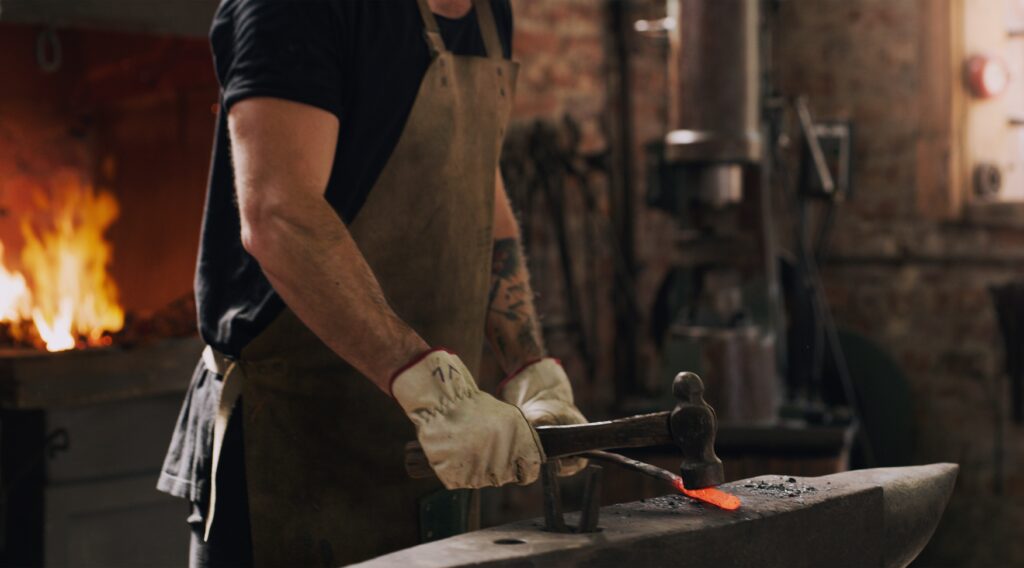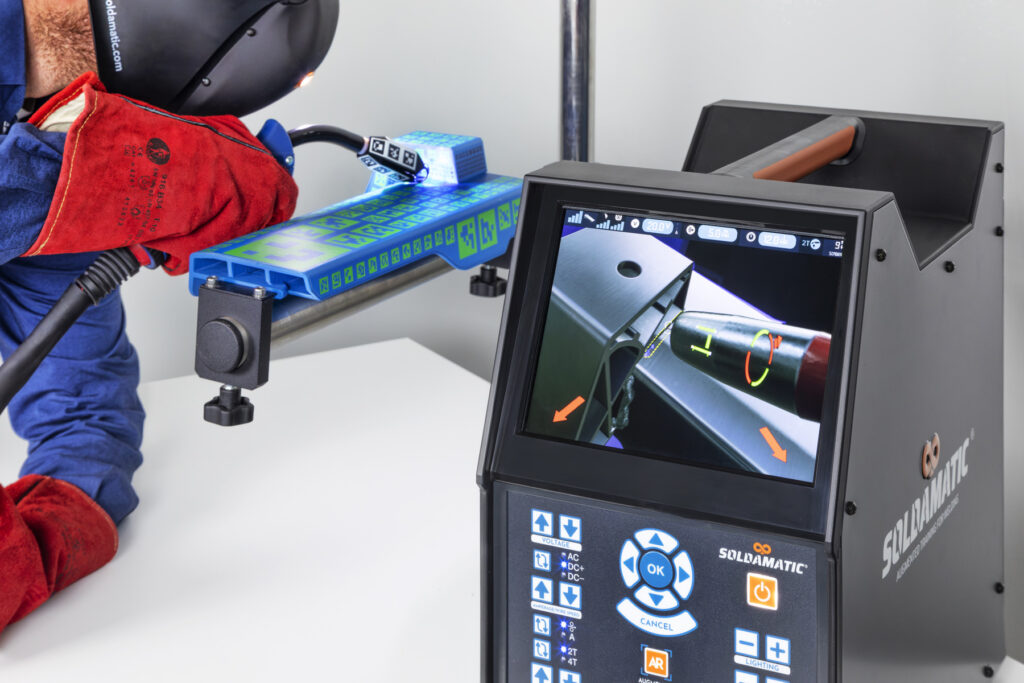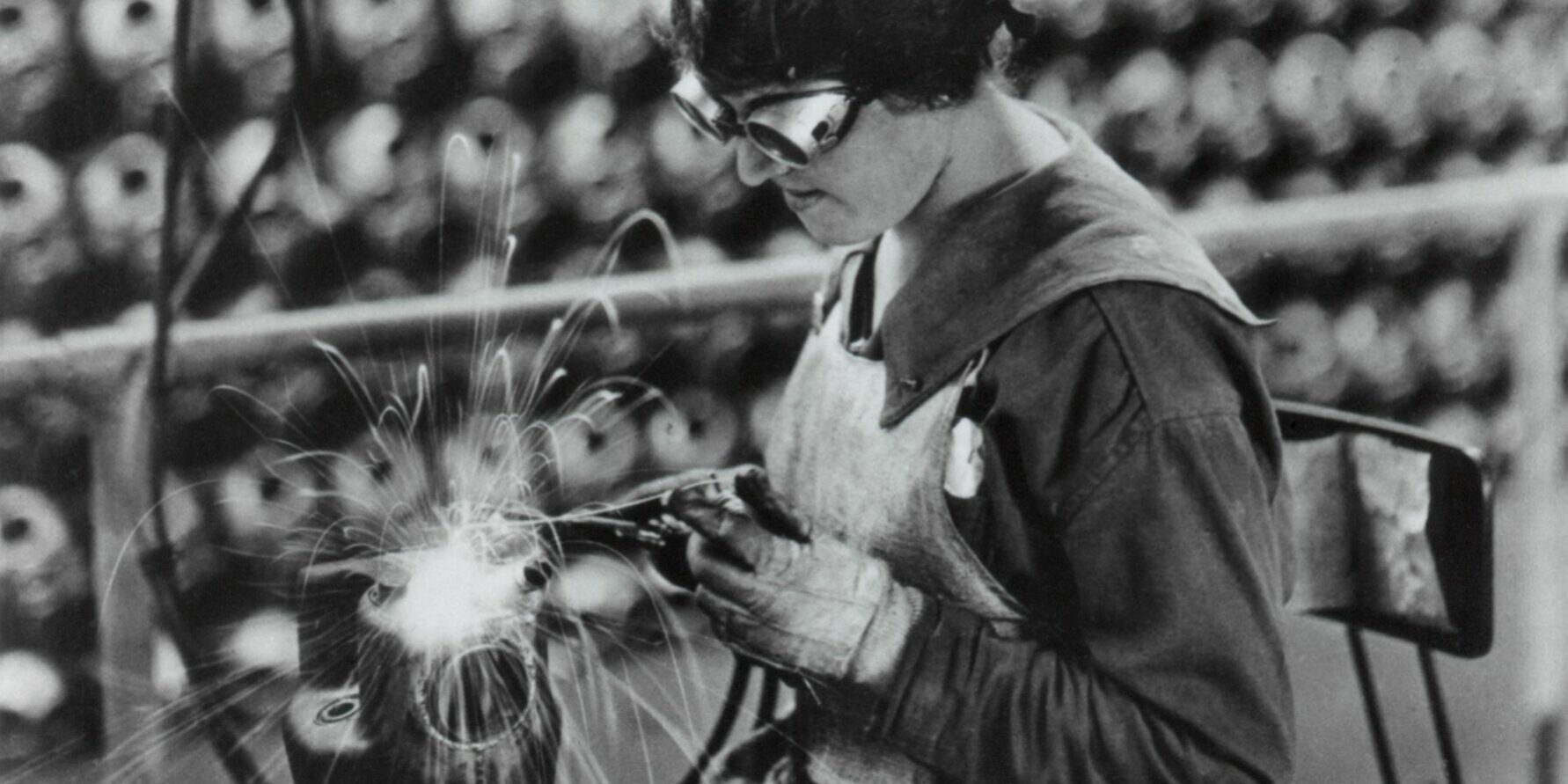Welding is foundational to modern industry, yet its origins stretch back millennia. From the Bronze and Iron Ages, humans have developed methods to fuse metal. As time passed, this art evolved from hammering heated metals to using electric arcs, gas flames, and cutting-edge digital tools. Today, welding blends tradition with cutting-edge innovation, bridging physical skills and digital technology.
The evolution of welding: from forge to electric arc
Each step from forge-welding to arc-welding, coated electrodes to automation, incrementally built the foundation of modern welding.
Forge welding: Antiquity and the Middle Ages

Around 3000 BCE, early Bronze Age civilizations produced gold boxes and bronze tools using pressure and heat: an early form of welding.
By approximately 1000 BCE, ironworkers in Egypt employed forge welding by heating iron in charcoal and hammering it together. This technique became widespread during the Middle Ages, thanks to blacksmith craftsmen.
The dawn of electric welding: Early 19th Century
In 1800, British chemist Sir Humphry Davy created the first short electric arc by passing an electric current between two carbon rods. Although brief and not initially intended for welding, this experiment laid the foundational groundwork for future developments in electric arc welding by demonstrating that electricity could generate intense heat.
Just two years later, in 1802, Russian scientist Vasily Petrov independently discovered the continuous electric arc, a major advancement over Davy’s short bursts. Petrov recognized its potential to melt metals and proposed its use in industrial applications, effectively anticipating the role electric arcs would play in the future of metal joining and welding technology.
The birth of Carbon Arc Welding
In 1881, French engineer Auguste de Méritens made a significant breakthrough by using an electric arc with carbon electrodes to weld lead plates for batteries. His work demonstrated that electric arcs could be applied in practical, controlled welding tasks, particularly in delicate materials like lead. De Méritens went on to patent what is considered the first arc-welding process, setting the stage for future innovation in electrical welding methods.
That same year, Nikolai N. Benardos, a Russian inventor, in collaboration with Stanisław Olszewski from Poland, advanced the field further by developing and patenting a method known as carbon arc welding. Their system included some of the earliest electrode holders, which allowed for greater control and precision. This invention is widely recognized as the first well-defined arc-welding machine, marking a pivotal moment in the transition from experimental techniques to functional, repeatable industrial welding processes.
Metal electrode and stick welding: Late 19th Century
In 1888, Russian engineer Nikolay Slavyanov introduced a groundbreaking technique by developing the first consumable metal electrode arc welding method. Unlike earlier approaches that used non-consumable carbon electrodes, Slavyanov’s process allowed the electrode itself to melt and become part of the weld, making it an early version of what would later become known as stick welding. This advancement significantly improved weld strength and efficiency by directly depositing filler metal into the joint.
Just two years later, in 1890, Charles L. Coffin, an American inventor, was granted the first U.S. patent for metal electrode arc welding. Coffin’s patented method built upon Slavyanov’s concept and further refined the use of metal electrodes in arc welding. His contribution laid the foundation for Shielded Metal Arc Welding (SMAW), which is a process that would go on to become one of the most widely used and reliable welding techniques in both industrial and construction settings.
Automation, shielding, and the rise of modern methods
In 1893, German chemist Hans Goldschmidt invented thermite welding, a process that uses a chemical reaction between aluminum powder and metal oxides to produce extremely high temperatures. This method, also known as exothermic welding, became especially useful for joining railway tracks and other heavy steel components due to its ability to create strong, slag-free joints without the need for external heat sources.
In 1900, Strohmenger in the United Kingdom and Kjellberg in Germany introduced the first coated electrodes, which significantly improved the stability of the electric arc during welding. This innovation laid the groundwork for more consistent weld quality and better arc control.

By the 1920s, automatic welding machines began to emerge, revolutionizing the industrial landscape by increasing productivity and repeatability in weld production.
During this period, the development of gas-shielded arc welding techniques also took shape, leading to the eventual creation of Tungsten Inert Gas (TIG) welding and Metal Inert Gas (MIG) welding, both of which became essential to high-precision and high-speed industrial applications.
Introducing Seabery’s solution
Throughout the history of welding, the process has consistently evolved: advancing from manual hammering and forge techniques to electric arcs, gas shielding, and modern automation. Today, Seabery continues this legacy of innovation by introducing its cutting-edge Augmented Reality welding simulator, bringing the evolution of welding into the digital age.
Seabery’s solution integrates digitalization and industrial methodology in welding training. By simulating real-world welding joints and techniques in AR, it bridges the gap between theory and practice.

The simulator supports training in MIG, TIG, and stick welding; making it equally effective for foundational blacksmith-style techniques and sophisticated industrial rigid robotics.
Seabery Welding Simulator enhances productivity and safety:
· No real arcs, fumes or consumables during simulation.
· Realistic haptic feedback and visual fidelity.
· Rich analytics for performance tracking.
· Automation-ready skill development.
In essence, it reflects welding’s trajectory: from manual operations to electrified arc to fully guided, data-backed, digitally enabled process.
Welding’s arc meets digital reality
Modern welding began with forge and arc, but it is now progressing into intelligent, automated domains. Seabery Welding Simulator embodies this transition by leveraging augmented reality, industrial methodology, and digitalization to prepare today’s welders for tomorrow’s challenges.











